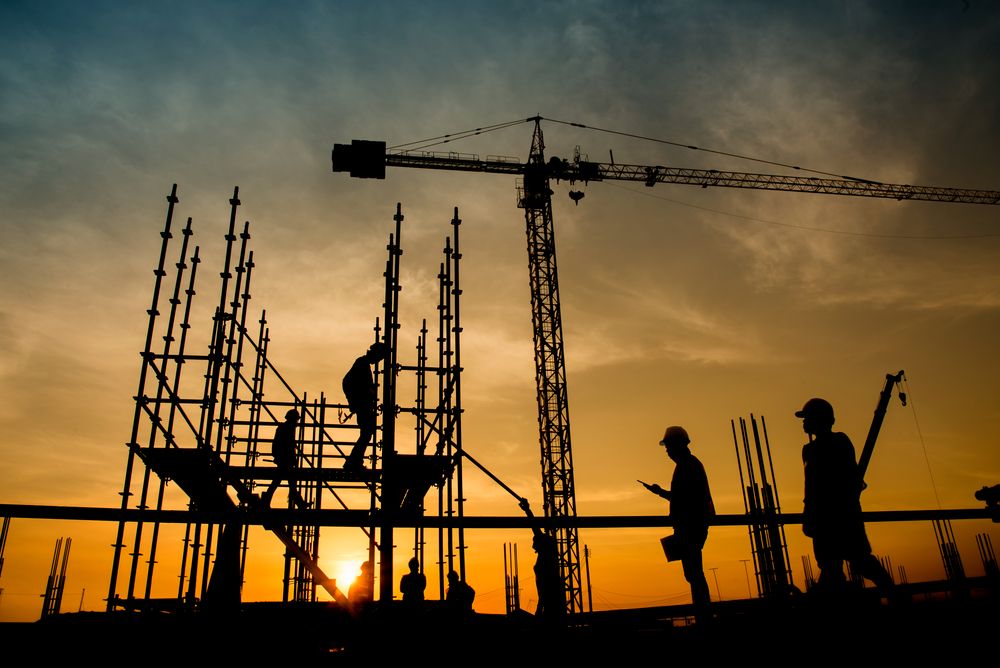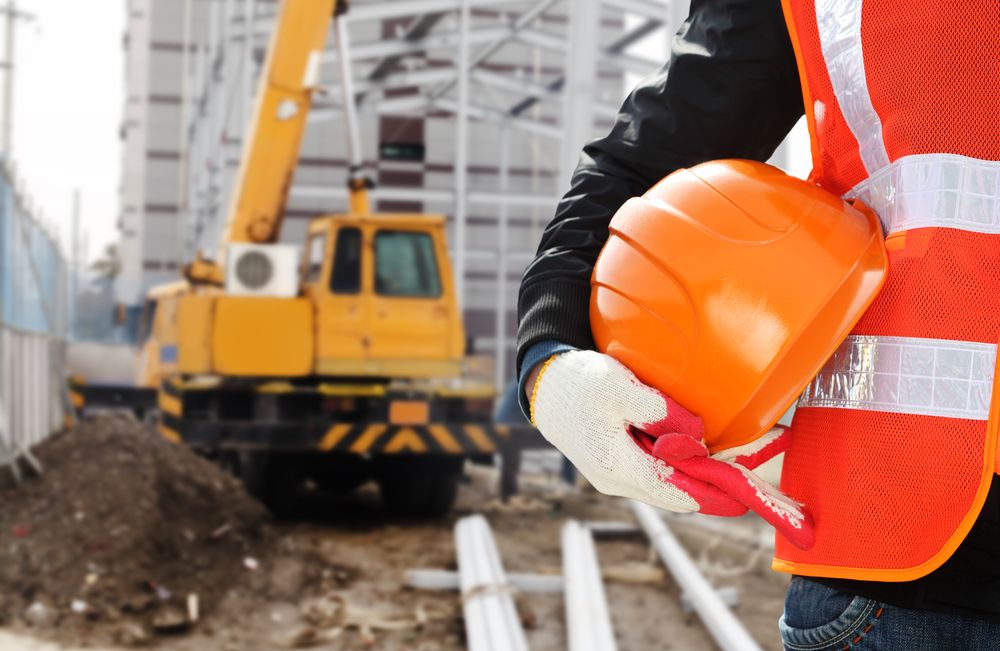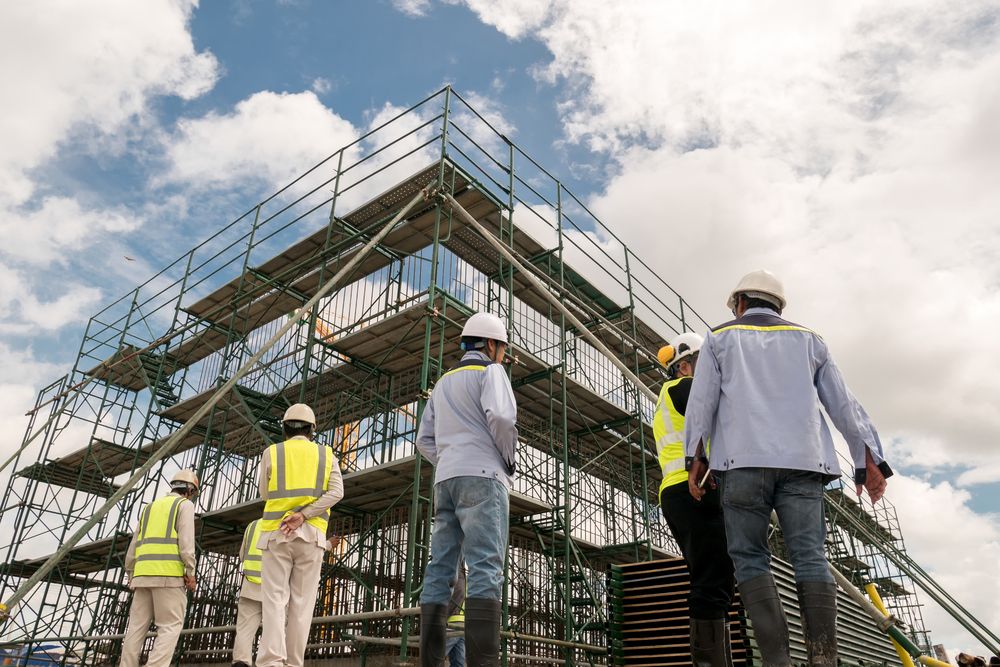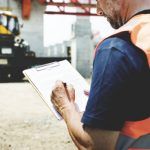
Due Diligence: Why It Matters & How to Tackle It to Ensure Workplace Safety
 Due diligence is an essential part of an employer’s responsibility when it comes to workplace safety.
Due diligence is an essential part of an employer’s responsibility when it comes to workplace safety.
Without performing this task, you open yourself to massive amounts of liability. You also run the risk of alienating customers.
Let’s examine some important information about due diligence and why it matters to your business.
How Is Due Diligence Defined?
 Due diligence for workplace safety is defined as an employer taking all reasonable steps to protect those in their workplace from hazards and harm.
Due diligence for workplace safety is defined as an employer taking all reasonable steps to protect those in their workplace from hazards and harm.
Reasonable steps are viewed as a judgment call for employers to make.
Even though there is no set legal definition of reasonable steps, there are standards that are regarded as the avenues an employer should take.
These are the steps that are recognized as part of a company’s due diligence:
- Identifying all hazards in the workplace
- Taking any needed preventative measures
- Communicating these hazards to the necessary people
An example of this would be a piece of equipment in the workplace that could pose a risk when not used properly.
If a company identifies this equipment and the hazard it poses to the staff and implements training to show employees how to use it, then a company has fulfilled the spirit of due diligence.
What Happens When Due Diligence Is Not Followed?
 When companies don’t take the time to practice due diligence, that’s when injuries happen in the workplace.
When companies don’t take the time to practice due diligence, that’s when injuries happen in the workplace.
Sometimes employers make the mistake of assuming that hazards all well-known.
A company should never assume that their staff knows and understands the hazards of something. Educating everyone in your building is the first step to ensuring everyone’s safety and well-being.
Not practicing due diligence in your work space also opens you up to a great deal of liability.
Just because you assume a person would know about the hazards in your building, doesn’t mean they do. Or, in some cases, the person doesn’t care.
If they were to suffer an injury in your building and you had not taken all the proper precautions, you could be held responsible for their injuries.
All hazards must be clearly labeled, and all persons must be continuously educated on these hazards. That’s why proper training is vital.
How to Tackle the Responsibility of Due Diligence in the Workplace?
 To protect their employees from hazards and their company from liability, the first thing a business can do is create a workplace safety training program.
To protect their employees from hazards and their company from liability, the first thing a business can do is create a workplace safety training program.
This way, you can educate the staff about any hazards.
This program should be reviewed with existing employees on a regular basis and completed with all new employees upon their hire.
Material Safety Data Sheets (MSDS) should be in a location that is easy for employees to access. These sheets should cover every substance in your business, even cleaning supplies and products that you sell.
Following Up on Due Diligence
To make sure your program is working, schedule routine checkups to ensure compliance. You can have supervisors utilize audit checklists, or work with outside firms or compliance officers.
Incorporating these steps for compliance will help keep your employees and customers safe! This allows you to avoid unnecessary liability and be a good corporate citizen.
For more on due diligence, including due diligence training programs and consulting, talk with us today.


